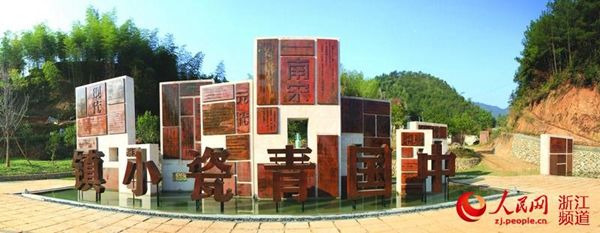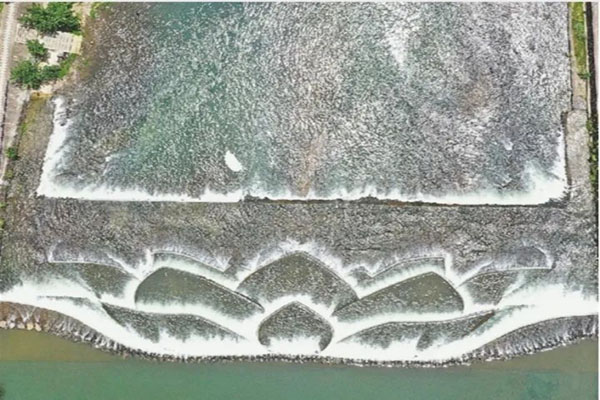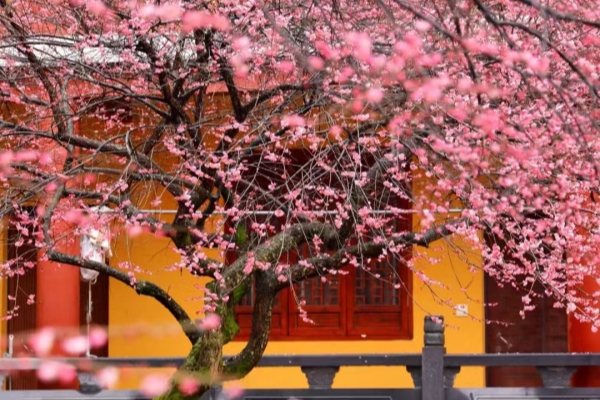Longquan

Longquan Celadon Town in Longquan, Lishui [Photo/zj.people.com]
Longquan was founded as a county in 759 and established as a county-level city in December 1990.
It has jurisdiction over four subdistricts, eight towns and seven townships.
The city is an ecological highland, with its forest coverage rate as high as 84.2 percent, and the concentration of negative oxygen ions in the air reaching 120,000 per cubic centimeter.
Longquan is also famous for its intangible cultural heritages. It is the capital of celadon and sword-making. Its city name – Longquan – was named after a sword. Ou Yezi, a sword-maker in the Spring and Autumn Period (770-476 BC) made three swords on the site, and one of the swords named "Longyuan" was used as the place name. Afterwards, it changed into Longquan due to the taboo on using words from the emperor's name.
Longquan celadon dates back to the Three Kingdoms (220-280) and Jin Dynasty (265-420), and is one of the oldest, largest and most influential categories of kiln in China. Longquan celadon is not only a symbol of Chinese culture but also a world-class cultural heritage, which was selected as the official gifts of the G20 Hangzhou Summit.
In 2006, the traditional firing techniques of Longquan celadon and Longquan swords became the first batch of national intangible cultural heritages. The firing technique of Longquan celadon was placed on the representative list of the Intangible Cultural Heritage of Humanity in 2009, the only ceramic to attain such status.
In 2023, Longquan has achieved a regional GDP of 18.353 billion yuan ($2.55 billion), a year-on-year increase of 8.1 percent. The per capita disposable income of urban and rural residents have risen by 4.8 percent and 8.2 percent respectively.

 Lishui establishes intelligent biodiversity monitoring system
Lishui establishes intelligent biodiversity monitoring system New fungus species discovered in Qingyuan
New fungus species discovered in Qingyuan Lishui transforms weirs to aid fish migration
Lishui transforms weirs to aid fish migration